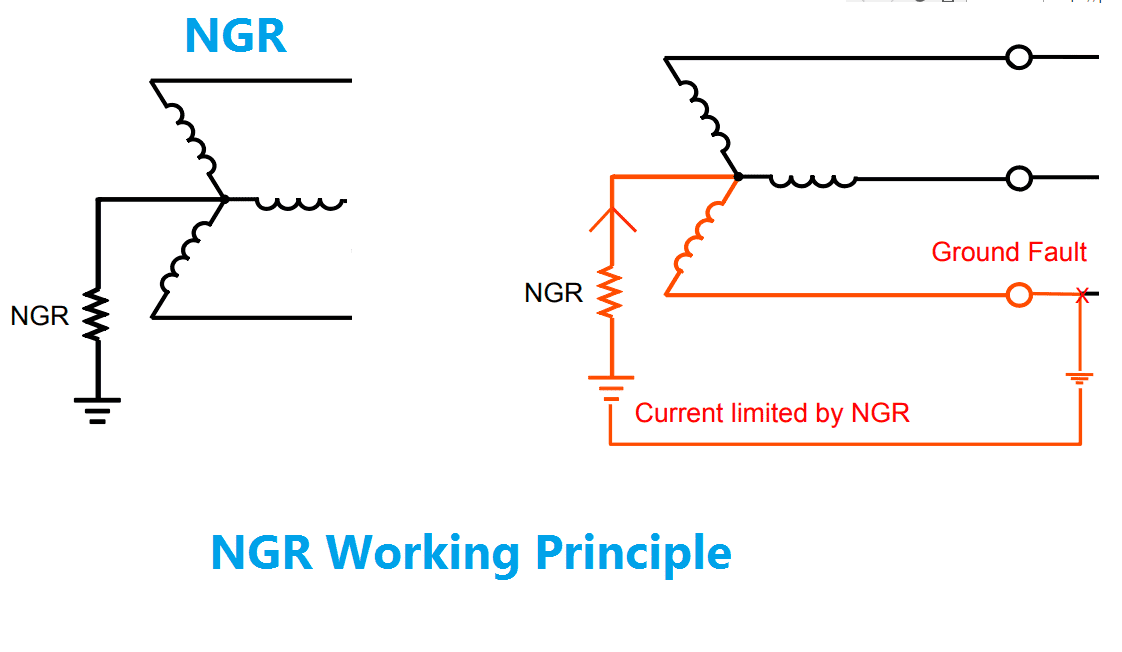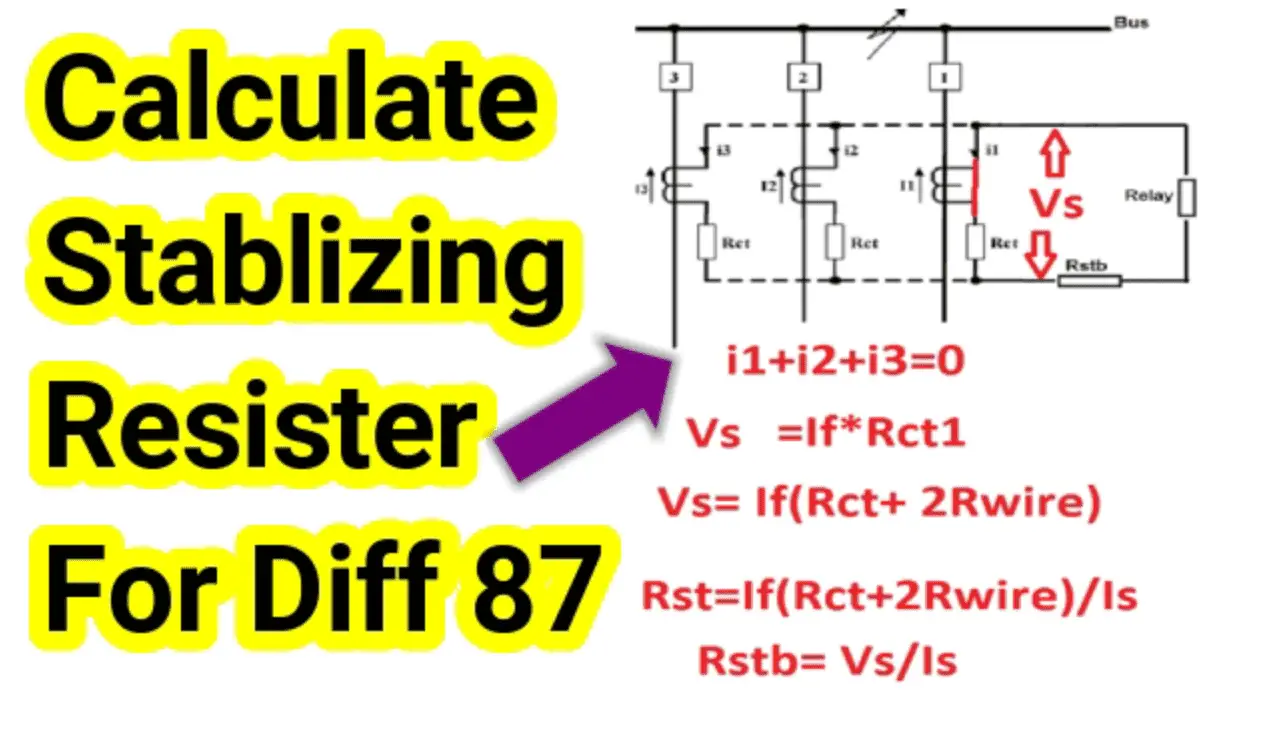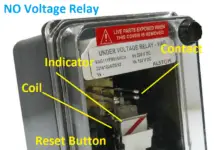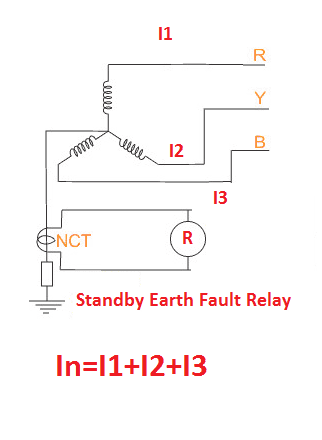Why NGR Neutral Grounding Resistor are used.
The Short form of NGR is Neutral Grounding Resistor. NGRs are used in an electrical power system to protect the star connected alternator/generator or the transformer. NGR is constructed by inserting a resistor between the star connected neutral terminal and ground terminal. NGRs grounding system provides more benefits than both ungrounded and solidly grounded systems.

[wp_ad_camp_1]
NGR Photo:

Purpose of NGR Neutral Grounding Resistor:
- Protection against transient over voltages.
- Measure the fault current through the NCT (Neutral grounding transformers)
- Main ultimate aim of the NGR is to limit the fault current. It just works as a fault current regulator. The resistance always opposes the flow of electrons (current). Upon flow of heavy fault current from the winding, the conductor may get damage because the protection relays need minimum time to isolate the power system. For the short period, the NGR limits sudden flow of fault current from the winding and converts the fault current in terms of heat energy. NGR uses the fault current.
- Reduce exposure to arc faults caused by a phase-to-ground fault
- May continue to run with a ground fault (alarming system)
- Reduced energy available to arc flash
- Provide adequate tripping levels for selective ground-fault detection and coordination











NEUTRAL TO GROUND RESISTOR NGR RITA 1 UNIT PLS. QUOTE CIF MANILA,PHILIPPINES
Can i use NGR in 11kv/415 v transformer ?
NGR does not require
Can it be used on the secondary side of (Delta11/ Star 0.4) KV Transformer?
Hi
N G R electrical contact